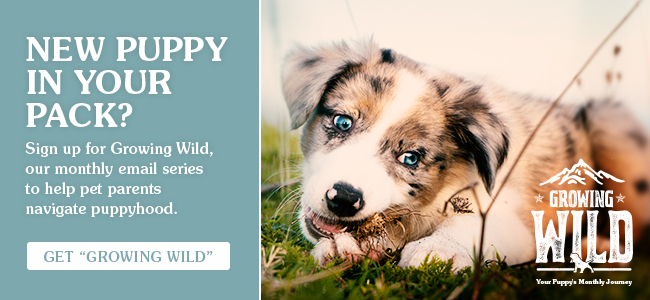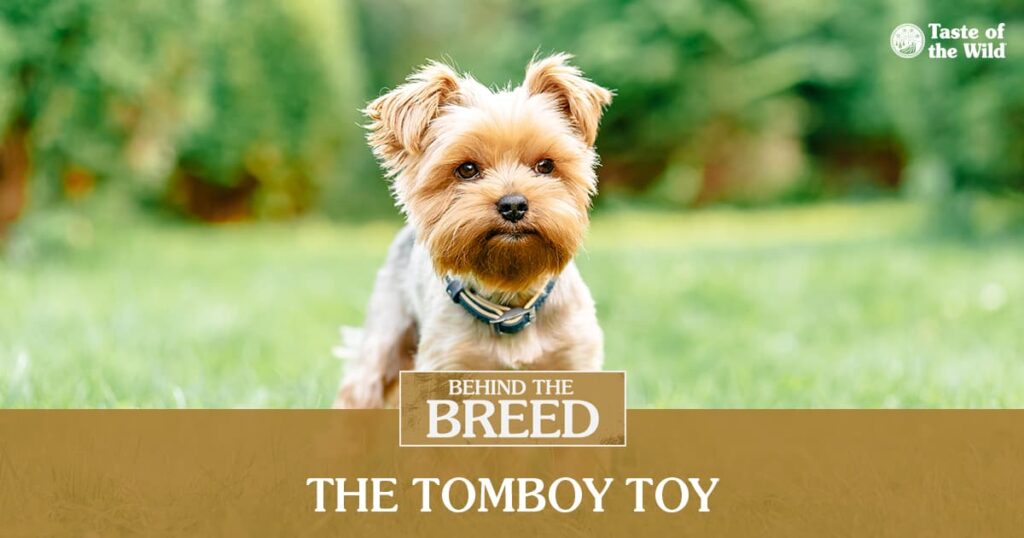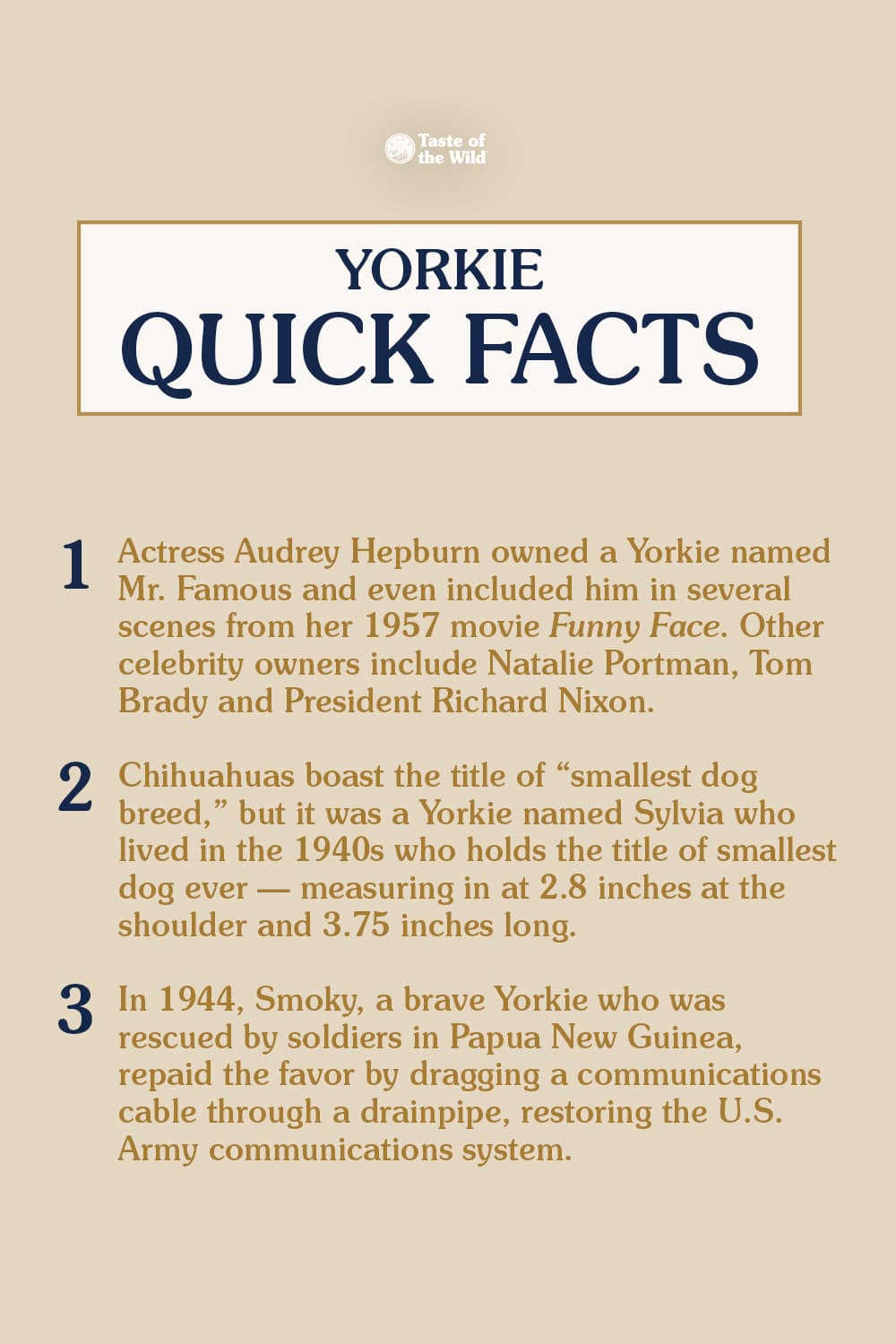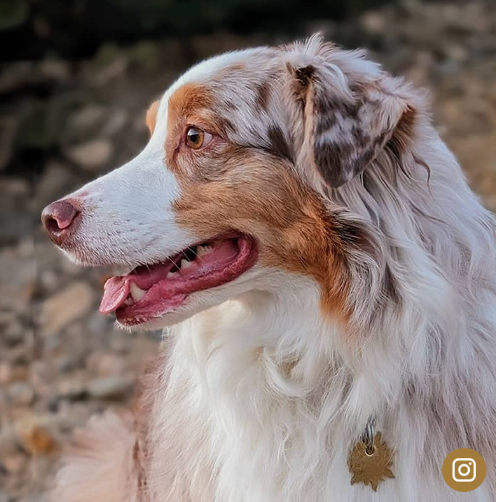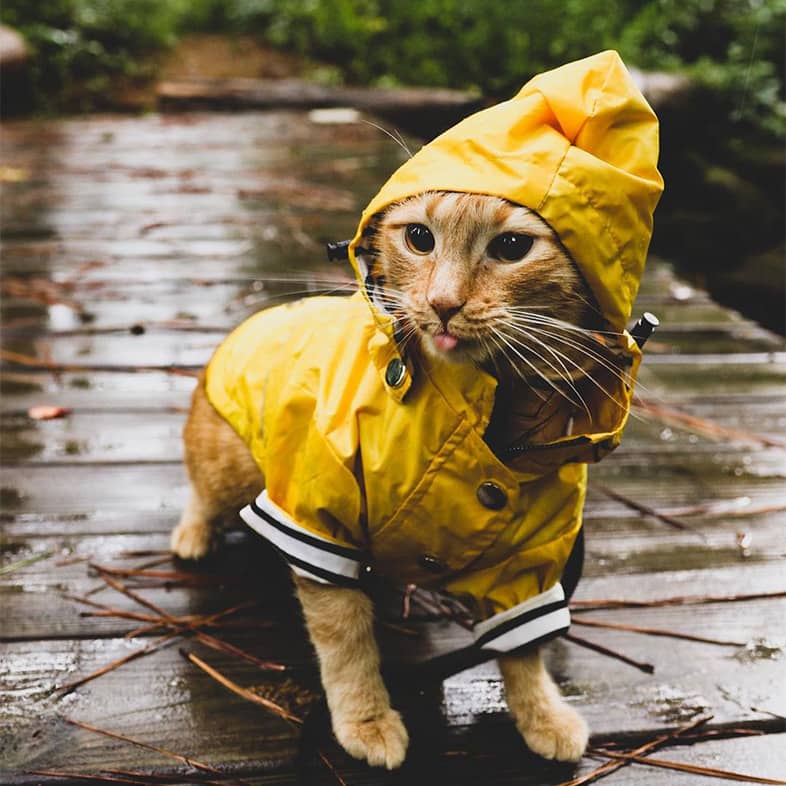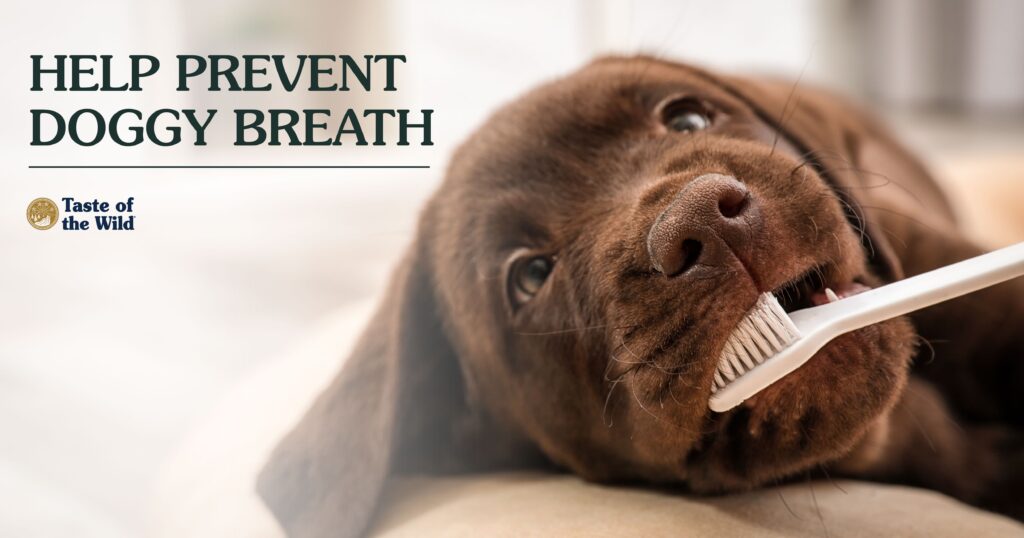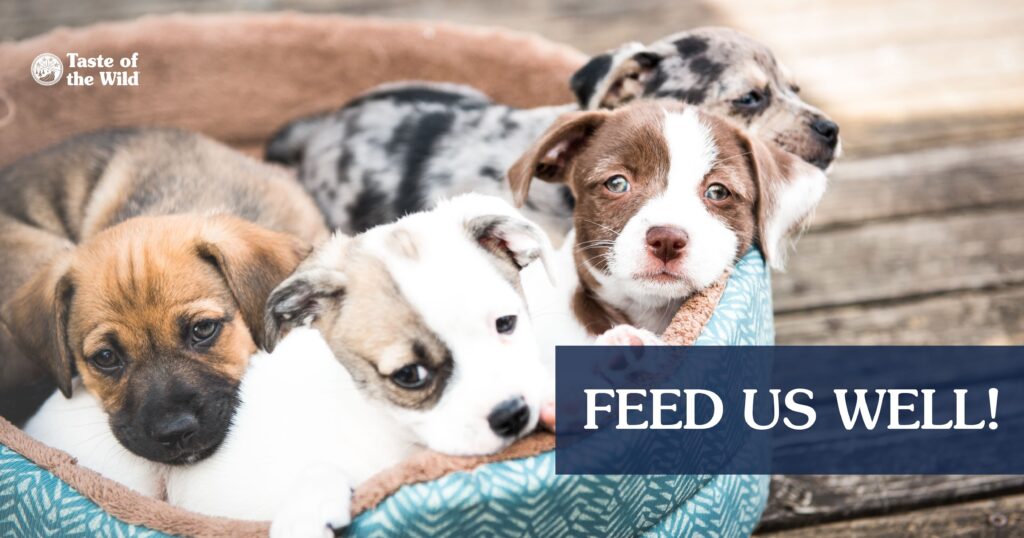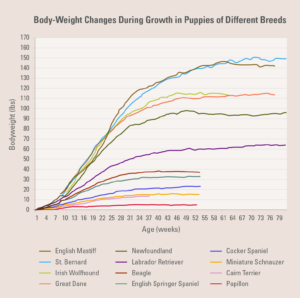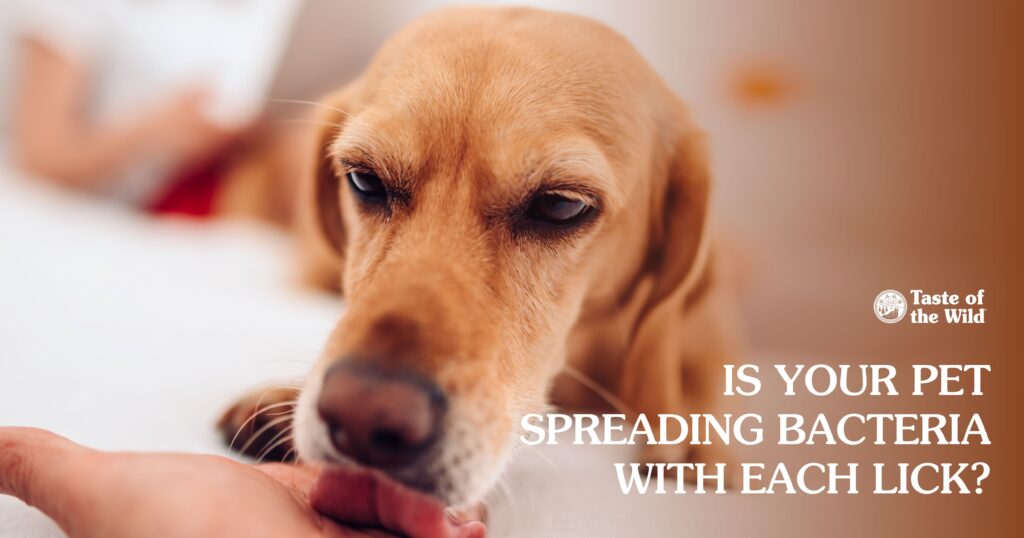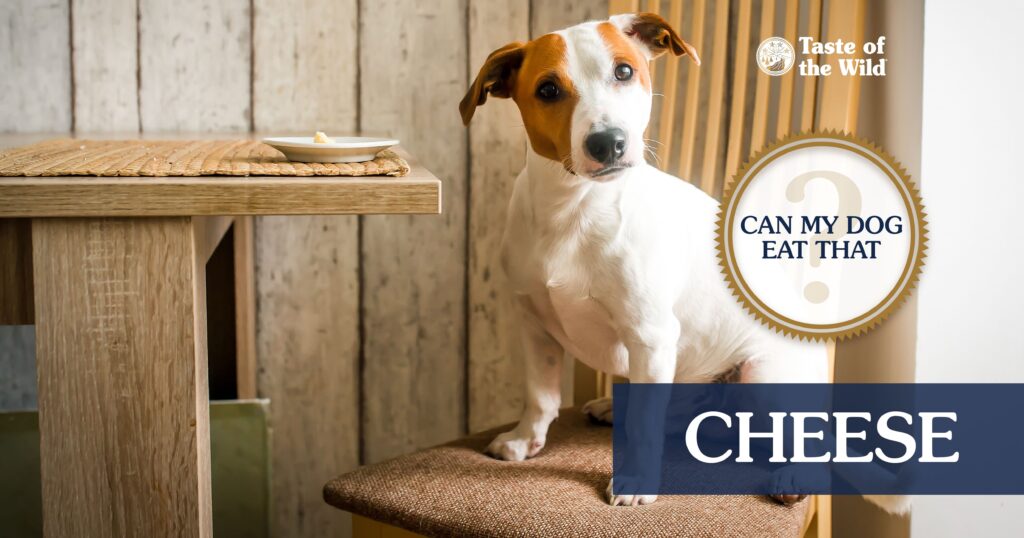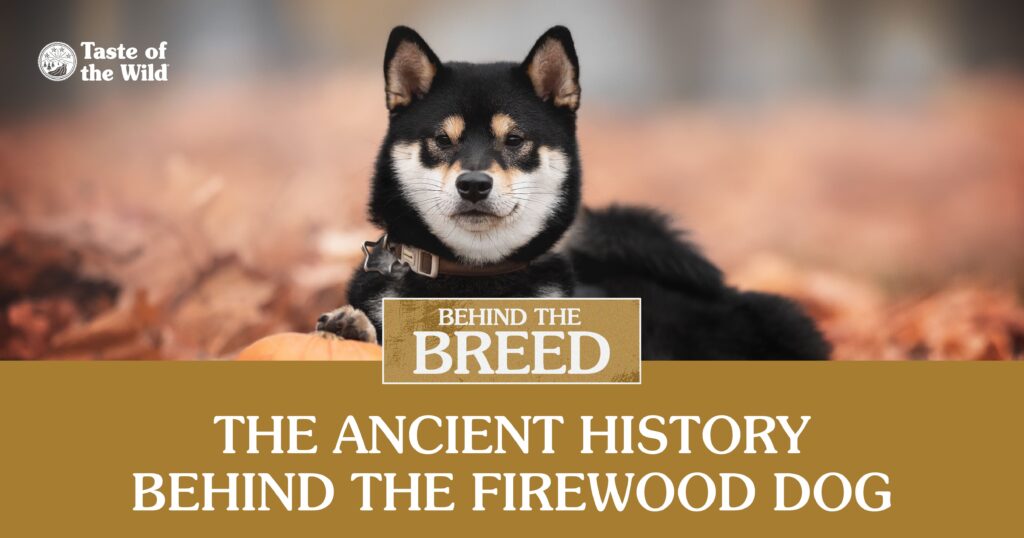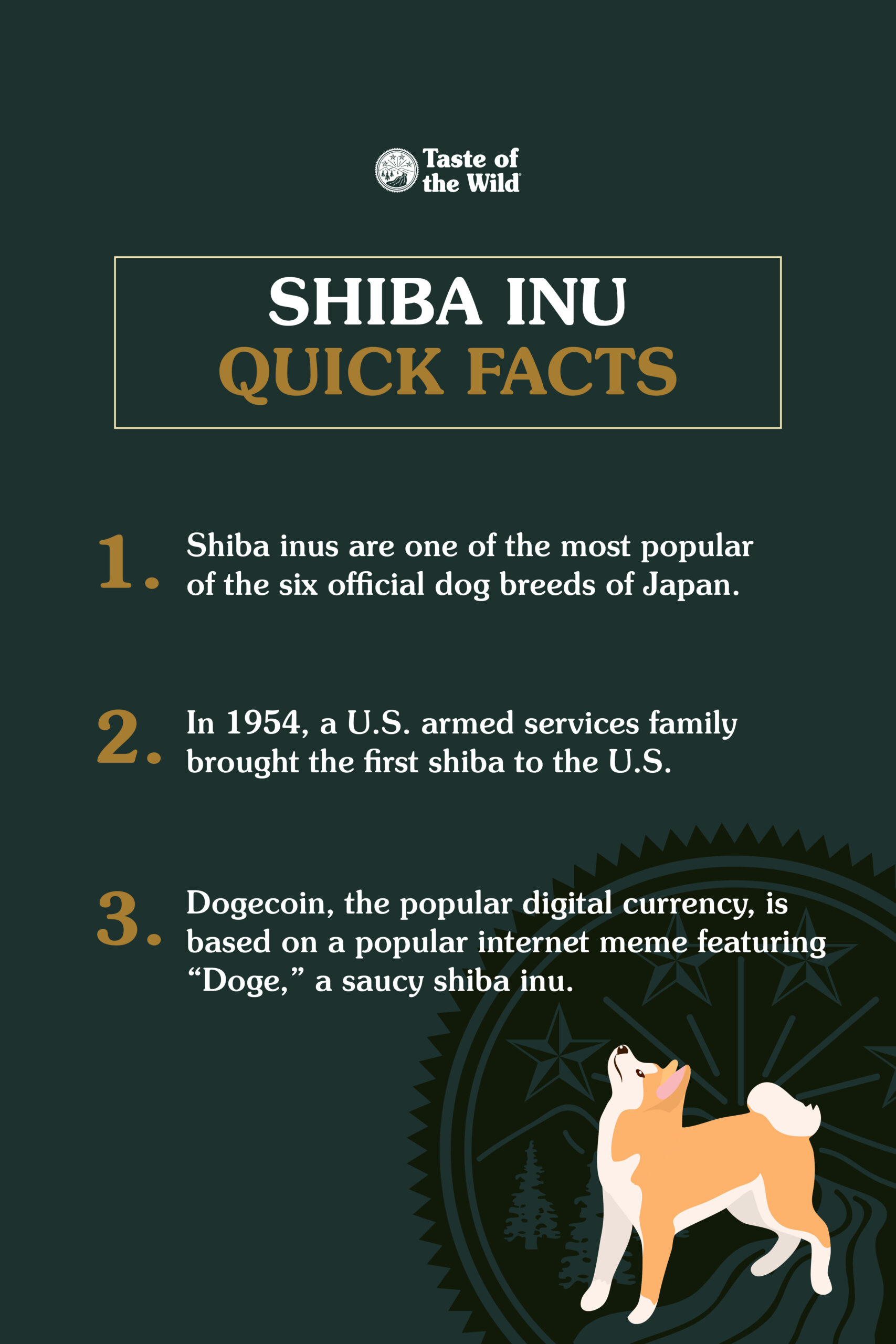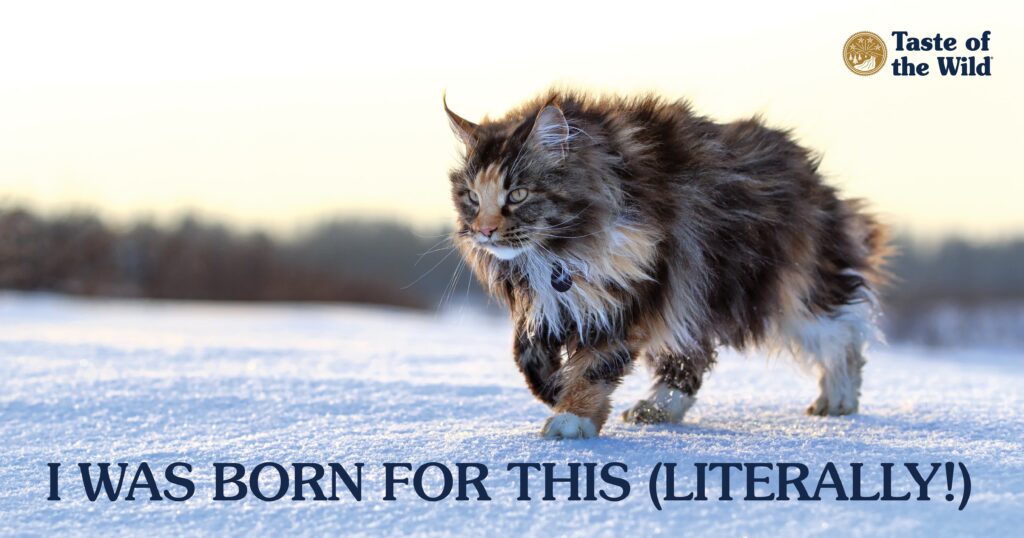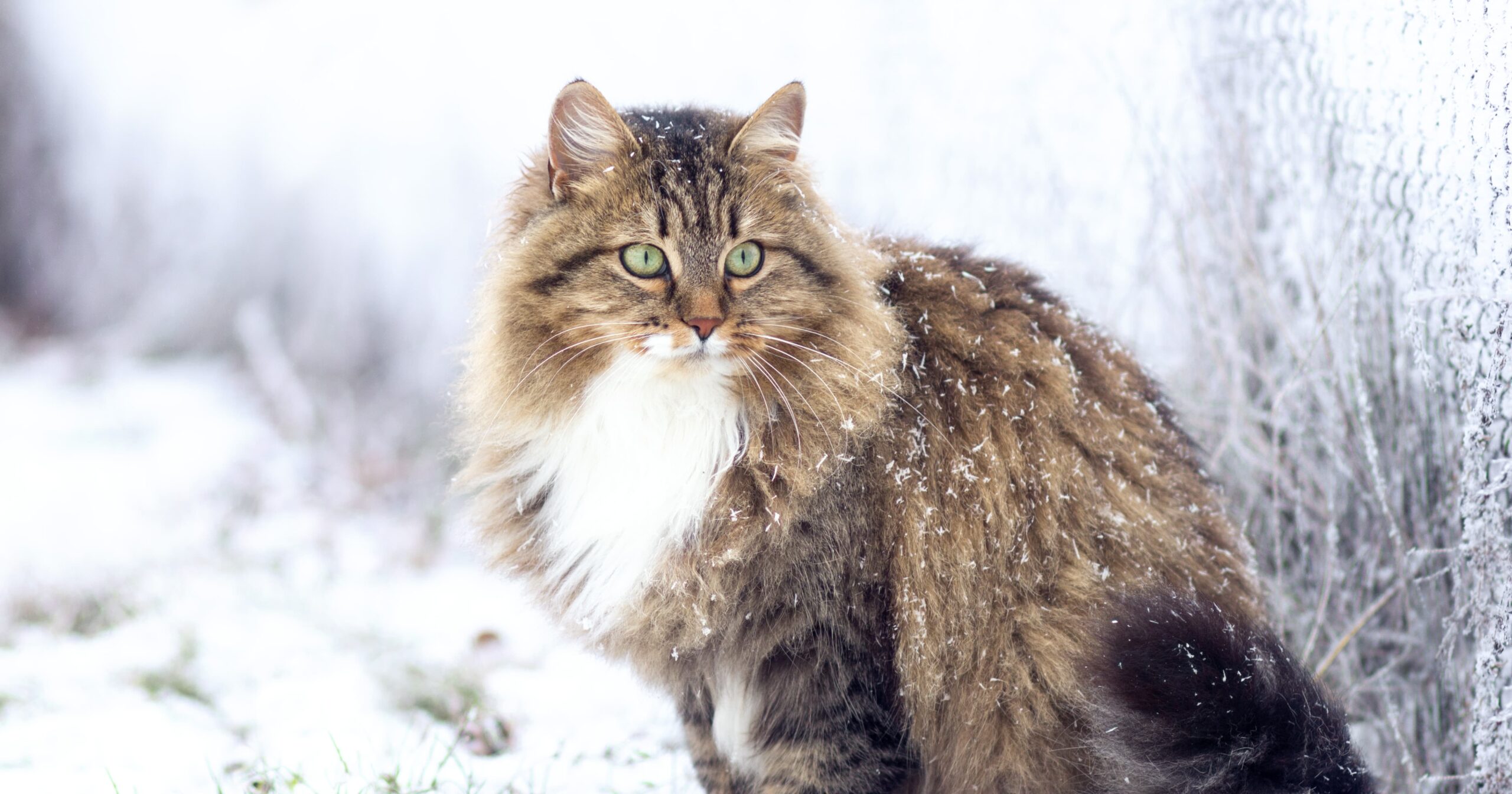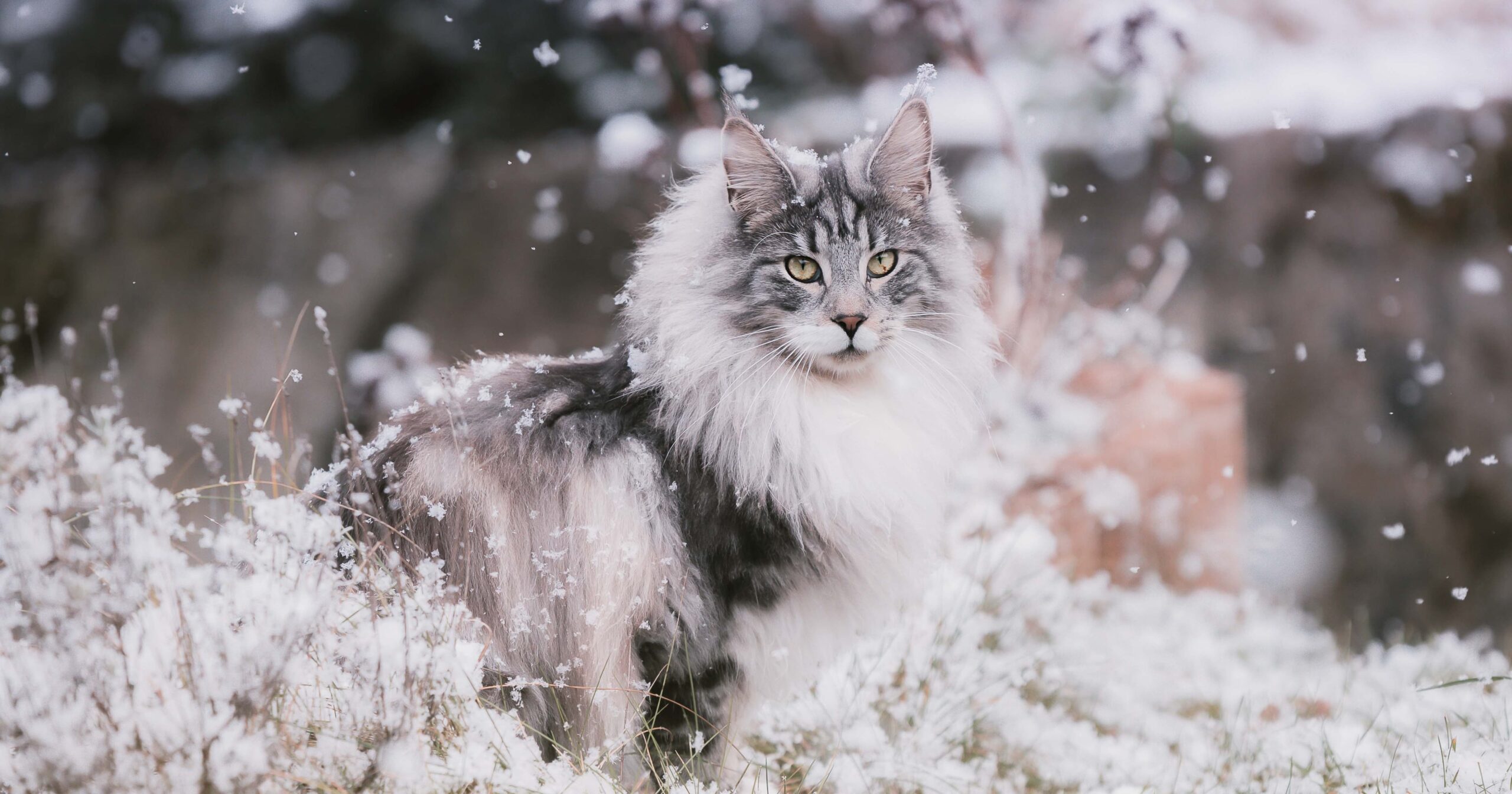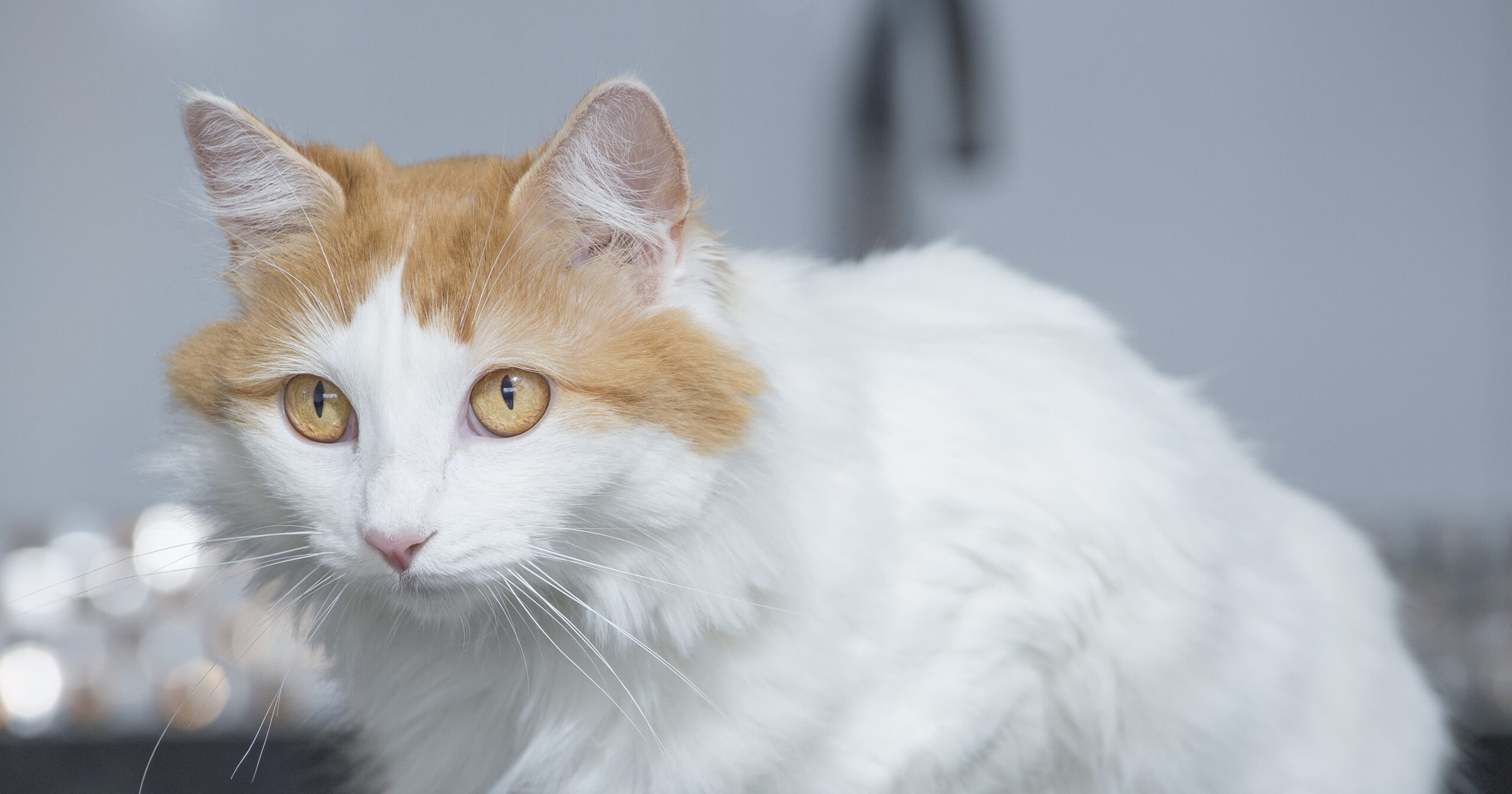Socializing your puppy between 7 and 16 weeks of age can have a lasting impact on their life, although the process never really ends. Acclimating your young puppy to various sights, sounds, smells and people allows them to grow into a relaxed, confident and well-mannered adult dog. It could even save their life one day, as socialized dogs are less likely to use aggression, bite people or flee in moments of fear.
How to Begin Socializing Your Puppy
You can start nearly the moment you bring your pup home, getting them used to new sights and sounds. While supervising your puppy, let them explore their new home. Over the course of a week, gradually introduce them to unusual sounds like the vacuum cleaner, washing machine or dishwasher. Encourage them to walk on different surfaces throughout the house and yard to feel a variety of textures on their paws. And provide them with their own safe space to retreat when they need to take a break from investigating.
Seven days after your puppy has received their first round of vaccines, you can begin venturing out to places that have a low risk of infectious disease (i.e. not the dog park). This waiting period helps decrease the risk of picking up contagious diseases when greeting other dogs and humans.
Venturing Farther Away
During your puppy’s first neighborhood adventure, let them set the pace. But you need to set the mood: positive, easygoing and upbeat. They may pause to sniff a fire hydrant. They may play in a puddle of water. And they may get excited to say hello to a neighbor they have not met yet. Just roll with it! If your puppy gets scared of anything along the way, treat their fears with care. Don’t push them to interact with someone or something.
Instead, revisit the area later and bend down to your puppy’s level. Calmly talk to them while close to the object or person in question. Show them you’re not being harmed and there’s nothing to fear. Once they’ve overcome that bout of nervousness, reward your puppy with a treat and praise.
Check out our blog, “How to Train Your Puppy to Walk on a Leash” for more info about getting ready to stroll around the neighborhood.
After a few neighborhood adventures, it’s time add a few more tools to your socialization toolbox. There’s so much more to be done during this pivotal time frame!
Interacting with Other Dogs
Start small by scheduling a 30-minute playdate with a friend who has a puppy or well-behaved adult canine that is also current on their vaccinations. Pick a neutral, quieter location like someone’s house or backyard in an effort to not overstimulate your puppy. Let the doggos lead the pace of interacting with one another but make note that pet parents are not off duty. Keep your eyes on your puppy as they’re navigating this new situation and step in if your pup gets overwhelmed.
Ideally, throughout the playdate you’ll see the dogs wagging their tails, acting playful, chasing each other and wrestling.
Work up to a small group of puppy friends, exposing them to a variety of sizes and breeds along the way.
Next, consider enrolling your pooch in puppy classes or scheduling a few doggy daycare stays. Both provide your puppy an outlet to mingle, play and get used to being around a larger vaccinated group of furry faces.
Traveling to New Locations
Check to see if any places around town or a short distance away allow dogs.
In the beginning, limit travel to a 20-minute radius to help your puppy get used to car rides. Think about all the sights, smells and textures your pupper could encounter walking along an uncrowded hiking trail. Let them take it all in and use positive reinforcement when they behave in public.
As your puppy becomes more comfortable traveling to new places, seek out additional experiences for Fido. Examples could include:
- Building a snowman with friends at a local park.
- Visiting a botanical garden and seeing all the colorful flowers in the springtime.
- Picking up a to-go coffee and pup cup at a noisy pet-friendly coffee shop.
Meeting All the Hoomans
Introduce Fido to family, friends and community members of all ages, genders and backgrounds. Set a goal of having your puppy meet a minimum of 100 different people before they turn 12 weeks old.
That might sound like a lofty amount, but each outing adds up quickly. Think about all the individuals you’ll encounter when you walk past a local elementary as classes get out, eat out on the patio of a restaurant, or invite your best friend and their kiddo to the dog park.
Encourage everyone to let your puppy make the first move when saying hello. Don’t be afraid of letting others know your puppy is working on their people skills. Ask the new person to hold out their hand, say hi and be patient. Over time, your puppy will likely warm up to them — and if they don’t, that’s fine. Your puppy may be all peopled out at that point. Try again tomorrow. With patience and repetition, your puppy will get the hang of peopling.
Whew! You’ve made it to week 16 with lots of adorable puppy stories to share. Now, as you take your bundle of fur to new places during week 17, 18, 19, etc., your future self and future Fido will say, “Socialization was 110% worth it!” Trust us. A relaxed, calm and well-behaved doggo is developing throughout the process.
RELATED POST: Ease the Stress on Puppies During the Adoption Process
